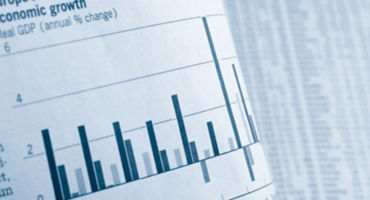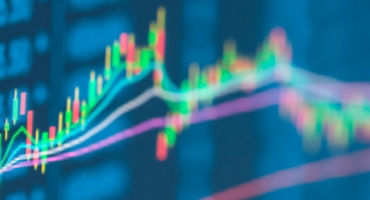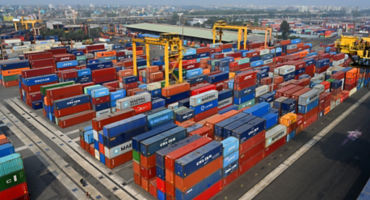Implications for investment-grade credit
We expect investment-grade (IG) credit spreads to adjust with wider distributions and higher volatility before reaching new equilibrium levels. Over the near term, we anticipate markets remaining weak, with spreads widening further, until the geopolitical tensions ease and we receive greater clarity about the future path of monetary policy in key markets. We think this transition period is going to present abundant investment opportunities. We are already seeing some very interesting regional disparities opening up.
The euro IG credit market spreads have widened significantly since the beginning of the year — underperforming their equivalent bonds in the US IG market and trading weaker relative to other regions. This repricing reflects not only a surprisingly quick adjustment by investors to a post-QE environment, but also uncertainty about the pace and magnitude of the policy normalisation process, widening swap spreads and the escalating Russia-Ukraine conflict. Given the wider distribution of economic risks in Europe, we expect that the European Central Bank (ECB) will be slower in normalising its monetary policy than the US Federal Reserve (Fed) or the Bank of England (BOE), which should be supportive for European credit over time. For example, while the Fed and the BOE have signalled their intention to reduce their bond balance sheet holdings, the ECB has committed not to sell until 2025, by which time over 30% of its holdings will have matured.
The evolution of hedging costs is also an important consideration, as the rate of tightening is likely to diverge across regions, with the Fed moving significantly faster than the ECB. This different pace will cause hedging cost volatility and provide foreign investors in euro-based assets with an increasing hedged yield. The above factors, coupled with strong fundamentals, weak technicals and rapidly adjusting valuations, mean it may be opportune to consider selectively increasing exposure to euro IG.
Investing for the future
In our view, this year is likely to offer attractive buying opportunities, especially for investors looking for long-term value in strategies such as buy and maintain. Dispersion within and between IG markets is likely to be a key feature in 2022. Deglobalisation of supply chains, increased geopolitical tensions and different health, monetary and fiscal policies between countries all contribute to this divergence, which is compounded by shrinking liquidity and weaker technicals.
To help us think through the implications, we have developed the below framework (Figure 2), which shows the ranges in which we believe the global IG market is likely to operate in 2022.











Quarterly Market Review
A quarterly update on equity, fixed income, currency, and commodity markets.
By
Brett Hinds
Jameson Dunn